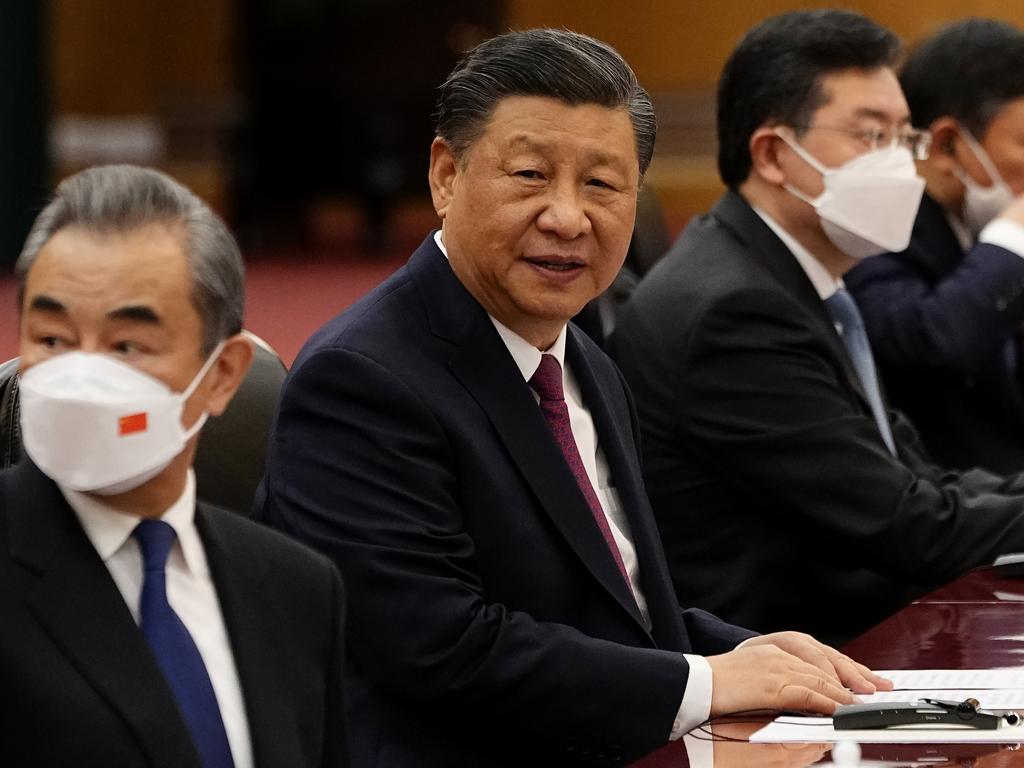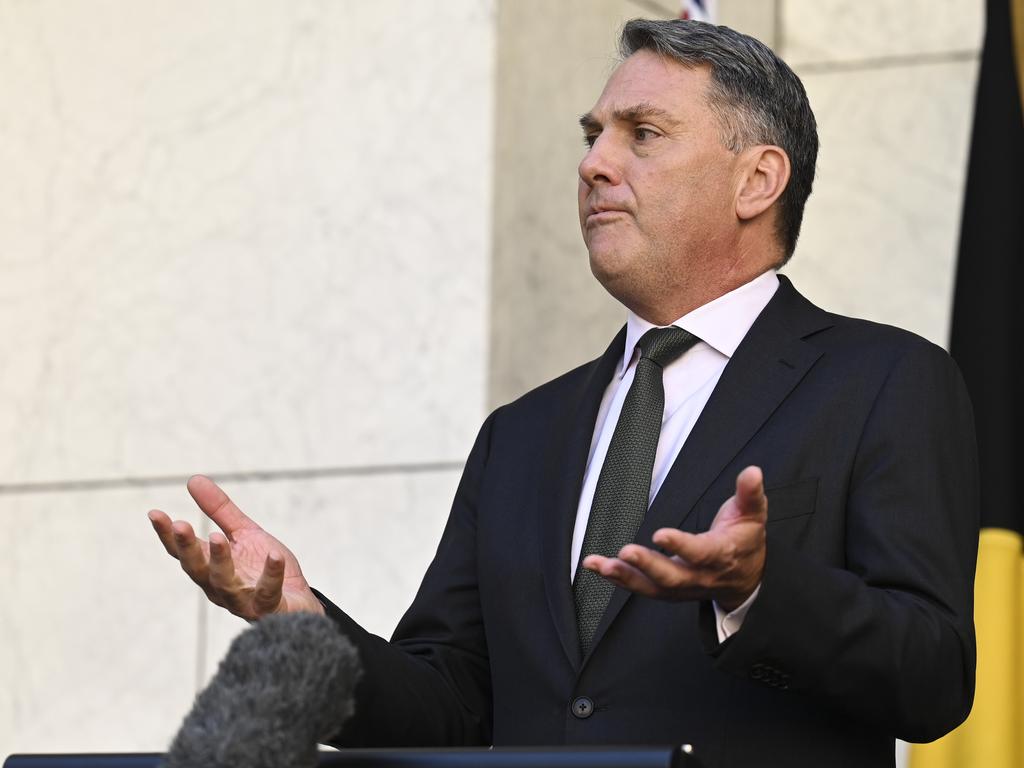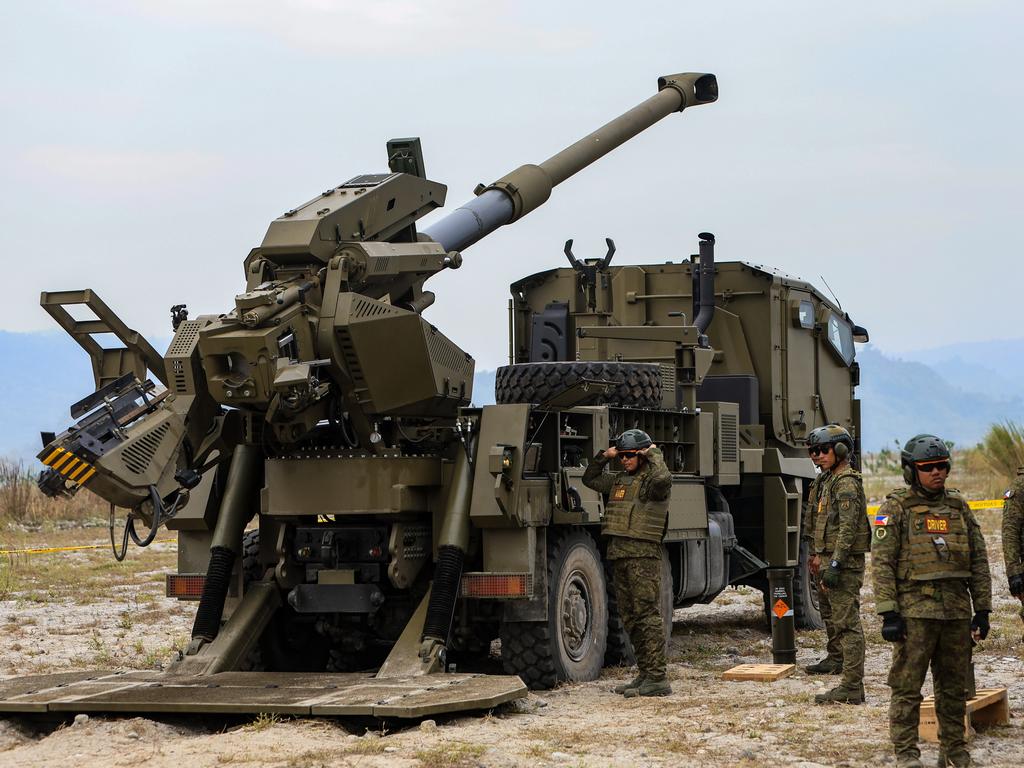There is little new in Albanese government’s ‘most ambitious’ Defence Strategic Review from the 2020 update


It is a bold claim to make.
On closer examination, there appears to be little to separate it from the 2020 defence strategic update and force posture plan conducted by the Morrison government.
The strategic outlook is as grim now as it was then.
When the 2020 update was commissioned, it declared a deteriorating regional and global geostrategic environment with increasing instability.
There was a degree of urgency around re-equipping Defence to face the challenge and increasing risk of conflict.
This is also the underlying theme of the 2023 review. The language has shifted little, but for a renewed sense of urgency.
The prescriptions contained in the DSR released on Monday are also largely unchanged, with the notable exception between then and now being the inclusion of the AUKUS nuclear-powered submarine program, instigated by the Coalition and adopted by Labor.
Both documents agree on the need for a more potent and lethal long-range strike capability, including guided missiles, cyber capability and area denial.
Both reviews scrapped the 10-year warning time for conflict, and they both acknowledge the need for a more durable supply chain and sovereign industrial capability to ensure a more self-reliant Australian Defence Force with the ability to combat grey-zone attack and sophistication in electronic warfare.
The 2020 update outlined three themes based on the ability for Australia to shape the strategic environment, deter attacks against Australia’s interests and respond with “credible military force, when required”.
Like the 2023 review, it put a priority on Australia’s northern approaches with the immediate region identified for the ADF’s “geographical focus” on the northeastern Indian Ocean, mainland Southeast Asia to Papua New Guinea and the southwest Pacific.
On those three themes, it outlined five priorities: to grow the ADF’s self-reliance and ability to deter; expand Defence’s capability in grey-zone activities; increase the lethality of the ADF for combat; maintain an ability to deploy forces globally; ensure Defence maintained an ability to respond to civil situations such as natural disasters.
The declassified version of the 2023 review has not deviated from this central mission.
It says the priorities are to “defend Australia and our immediate region, deter through denial any adversary’s attempt to project power against Australia through our northern approaches, protect Australia’s economic connection to our region and the world, contribute with our partners to the collective security of the Indo-Pacific and contribute with our partners to the maintenance of the global rules-based order.”
Strategic expert Peter Jennings agrees there is little difference in broad terms in the 2023 review commissioned by Labor and the strategic plan it inherited based on the Morrison government’s 2020 review.
He has questioned its purpose. “We knew from the 2020 review that we were going to buy more missiles, we are going to stockpile them and produce them here in Australia,” he said. “What this document does is take that step a little further and says it needs to hurry up but all the missiles anticipated back then, HIMARS, the long-range anti-ship missiles, were all there.
“The only thing that is new is the precision around cutting army vehicles. And so what we are getting here is actually a reduction in defence capability.
“With the navy, they have kicked the ball into the long grass with another review. I don’t know what that’s about,” Jennings said.
“And the air force – there’s no real change except we still don’t have a plan around an armed drone.
“We have vague stuff on space and cyber which doesn’t add much in terms of precision about what is being contemplated.
“So it’s really a bit of a damp squib when you look at the detail of it, the fact that there is no money there, more reviews promised, and a lot of gaps left as gaps, and we see the army being stripped of vehicles with no credible alternative plan in place.
“All of that put together is a pretty bad outcome.”
While both the 2020 update and the 2023 review mention China, the latest iteration is less hawkish in its language. This, Jennings said, is a walking back of the language around the reality of the strategic situation.
“I would argue that the 2023 review has gone backwards in its language,” he said.
“In 2020, the Coalition’s approach was very clearly about China. But if you look at the language in this (2023) document, yes it talks about Chinese military build-up but it says the problem is the great power competition between the US and China.
“This is just code for avoiding China so we don’t aggravate them.
“In using this language, they are sliding back a bit on the China question, which is not a good outcome.”







The Defence Strategic Review is being hailed by the Albanese government as the most ambitious review of Australia’s military posture and structure since World War II.